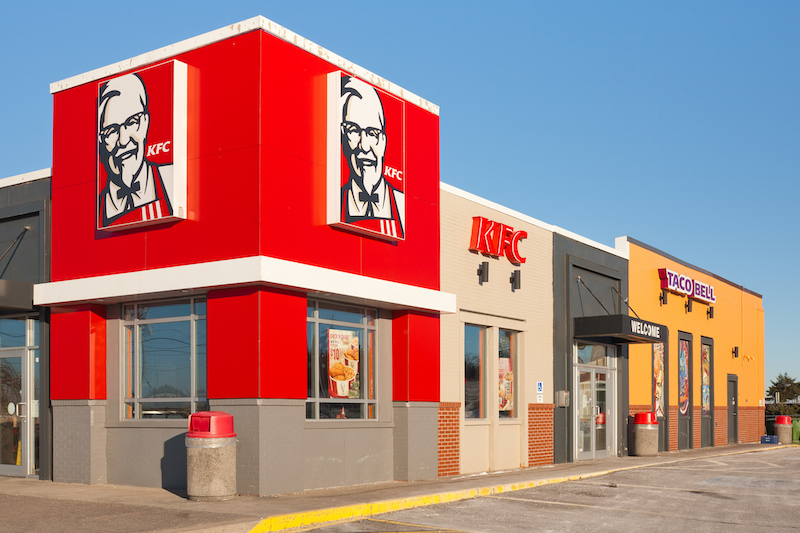When you think of a North American food desert, you might imagine a hollowed-out, gritty city centre with shuttered businesses and few services. "The classic example is Baltimore or Detroit," says Brent Swallow, a professor in the Department of Resource Economics and Environmental Sociology.
The phenomenon is better known in the United States than in Canada. And while there haven't been systematic Canadian studies, Swallow says, "there have been several one-offs." These suggest a different pattern is emerging here. In Edmonton, for example, researchers like Swallow and his colleague Feng Qiu have found food deserts - and food swamps - in surprising places.
What are they? A food desert is a neighbourhood in which it's tough to find groceries and a food swamp is an area with a plethora of fast food and convenience stores, Qiu says. Neighbourhoods can be both, and both threaten local food security, which the United Nations calls access to affordable, acceptable and nutritious food. Researchers found eight food deserts and 13 food swamps in Edmonton.
What do they have in common? These neighbourhoods have a higher population density, more kids, a lower median income and less access to cars. Often new Canadians live there. "These neighbourhoods used to be served by supermarkets in strip malls," Swallow says, "but those are disappearing."
Where are they? In 2014, Qiu and colleagues found that Edmonton's food deserts lie in a ring of older suburban neighbourhoods (Blue Quill and Malmo Plains, for example) between downtown and the newer neighbourhoods on the outskirts of the city. Think of the blank space around a bull's-eye. Food swamps are found in denser neighbourhoods (for example, Garneau and Alberta Avenue).
Local response: Four of the neighbourhoods (Alberta Avenue, Boyle Street, Inglewood, Malmo Plains) developed community gardens within half a kilometre of their centres.
Not just scarcity: Food security is complicated. "We also consider people's perceptions or their worries about where their next meal is coming from," says Swallow. In North America, food swamps feature access to highly processed, less nutritious foods that can lead to people being overweight, a predictor of various health problems, including diabetes.
What to do? For one, you could volunteer with Grocery Run, which helps families in emergency situations. The group distributes food within 24 hours, says co-ordinator Sandra Ngo, '12 BSc, '16 MSc. And it reduces food waste by redirecting healthful food, such as day-old loaves from local bakeries, from the landfill to dinner tables. You can get involved.

We at New Trail welcome your comments. Robust debate and criticism are encouraged, provided it is respectful. We reserve the right to reject comments, images or links that attack ethnicity, nationality, religion, gender or sexual orientation; that include offensive language, threats, spam; are fraudulent or defamatory; infringe on copyright or trademarks; and that just generally aren’t very nice. Discussion is monitored and violation of these guidelines will result in comments being disabled.